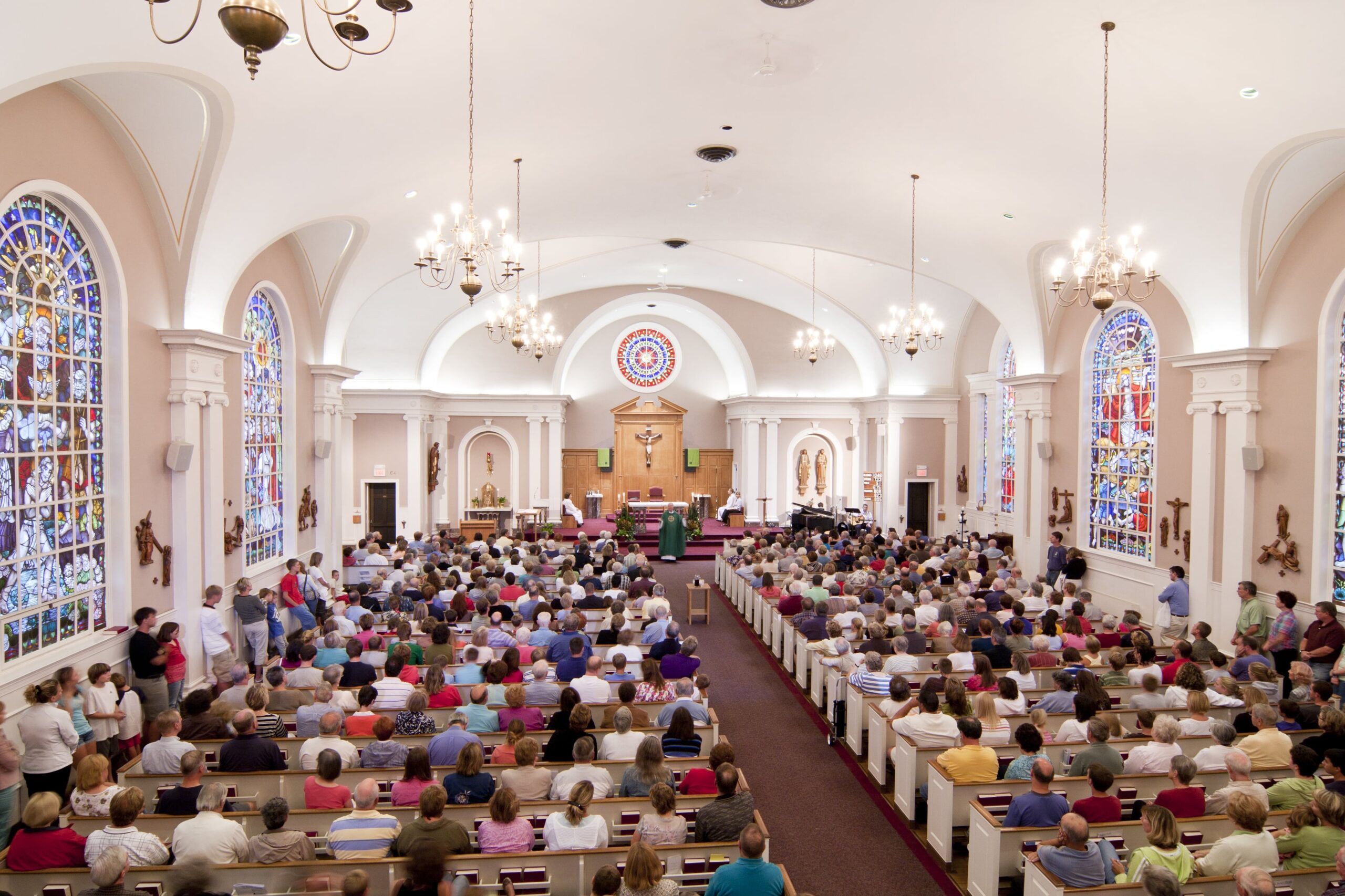When I do consultations with church leadership, I always explain Jim Collins’s Hedgehog concept and how it applies to churches.
The concept is very simple, and is based on the ancient Greek parable: “The fox knows many things, but the hedgehog knows one big thing.”
In the book Good to Great, Collins expounds on the parable of the hedgehog: The fox kept concocting tricks for capturing and eating that hedgehog, but at the end of the day, the hedgehog used one simple trick to defend himself. Over and over, he rolled up into a thorny ball. That’s it. He was the victor. In Collins’ view, the really great organizations are more hedgehog than fox. They do one big thing very well.
But here’s the hard part for an organization: how do you find your one big thing? Collins also has an answer. You ask three questions, and find the intersection of the three. Here are the three questions, illustrated visually:
So for a business, what you can be the best at, what you are passionate about, and what you can make money at – where those three things overlap – there’s your sweet spot. There’s where you should focus.
For churches, there are additional elements at play. For one, prayer can be a big factor in decision making. And that’s important. But it can’t happen in a vacuum. Prayer will certainly help you make good decisions. But God has also given us additional resources to help us make those decisions well! We can use our powers of analysis to find smart answers to difficult questions. We can approach decisions strategically and prayerfully.
For a church, the Hedgehog diagram looks at the same three areas, but it’s outlined in church-specific terms. Where should churches focus? It’s not a matter of being the best in the world or of making money – your mission as the bride of Christ is much larger than that. But if you want to be successful, you’ve got to consider your context. And there are three specific areas of context.
- Your church leadership context. That’s your passion. Your church leadership sets the vision and the mission of the church. This mission could relate to service, to discipleship, to missions … the leadership at your church sets this agenda.
- Your church context. Look at your attenders. That’s what you’re best at. Who are they? Are they young, middle class families who live in the suburbs? Well then that’s your church context. Serving young families is what you’re best at.
- Your community context. Look at the community around your church. That’s the equivalent of the economic context for a church. Most churches in North America are only made up of certain types of people – you don’t often find people from vastly different groups commingling. And since people generally will not generally travel very far to attend a church, you need to be located in a community where the right population is located – or better yet, where that population is located and growing (more on that later)
How does this approach to context play out for the strategic church? Let’s just look at one question I am often asked: Where should we locate a second campus?
Well, think about it in terms of your church context, your community context, and your church leadership context. Where can you serve your leadership-set agenda and find those people you serve best in your existing church? Is there a pocket of young, middle class families who live in the suburbs 50 miles from your existing location? You might want to go there.



